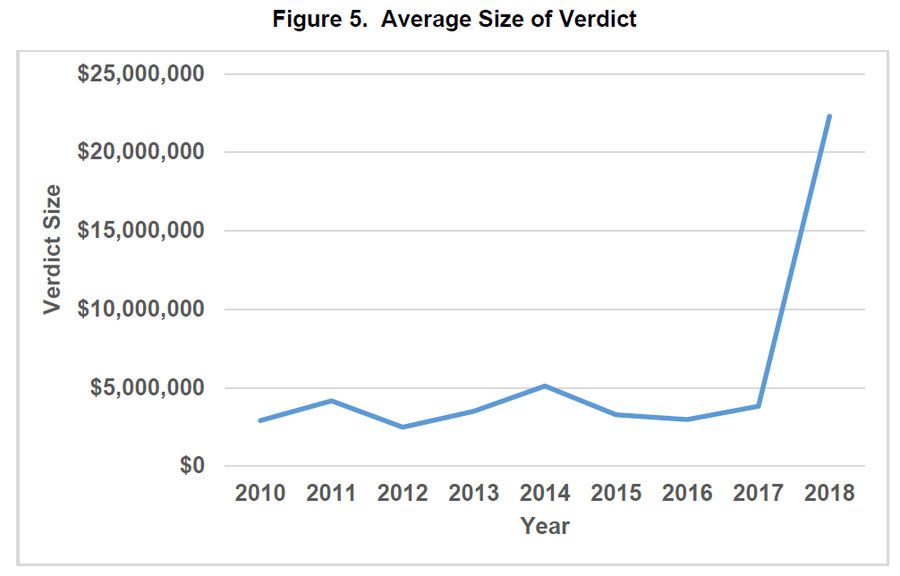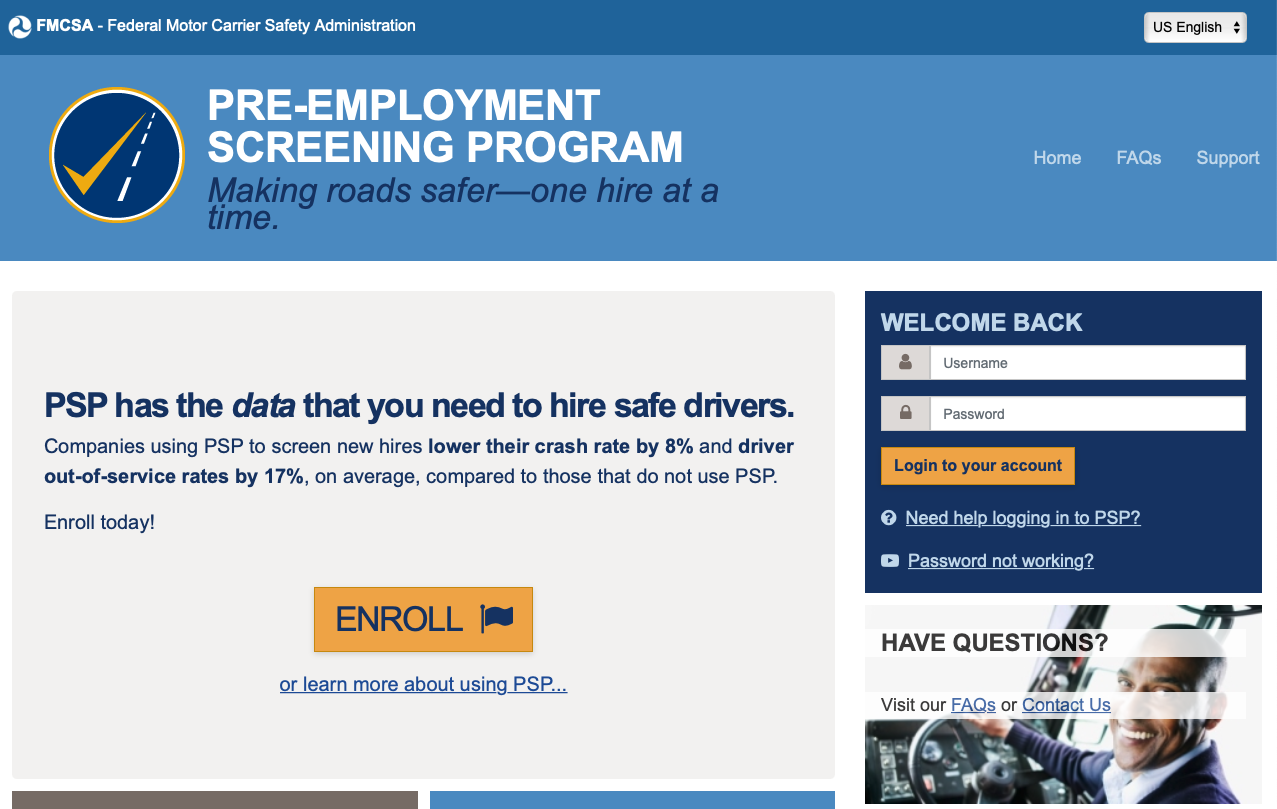Distracted driving is a leading cause of crashes and fatalities on highways. According to Bankrate, between 14% and 17% of all crashes were due to distracted driving over the past ten years. In fact, University of Utah researchers found that talking on a cell phone while driving was as dangerous as drunk driving—even a hands-free model! April is Distracted Driver Awareness Month, which is part of the national effort to save lives by preventing dangerous driving behaviors by the U.S. National Highway Traffic Safety Administration (NHTSA).
Commercial truckers are no exception. The Federal Motor Carrier Safety Administration (FMCSA) has banned interstate truck drivers from reading or sending text messages and federal hours of service regulations aim to address fatigue, but carriers should take their own measures to ensure safety, avoid accidents and defend themselves in court.
Let’s take a look at the cost of distracted driving, common causes to be aware of and strategies to minimize distracted driving and maximize safety on the road.
Distracted driving is a leading cause of crashes and fatalities—well-documented training, cameras and telematics are essential ways to address the problem. Click To TweetThe Cost of Driver Distraction
Trucking companies have seen their insurance rates skyrocket over the past five years amid a rise in “nuclear verdicts”—or a jury award with a penalty of more than $10 million. Since 2018, the Claims Journal reports that trucking insurers have lost $1.8 billion due to continued pressure from plaintiffs’ attorneys targeting the industry.

Average verdict sizes spiked beginning in 2018. Source: Trucking Truth
Distracted driving is a common cause of lofty verdicts. For example, in April 2018, an Indiana jury awarded a motorist $16.5 million for sustained injuries when a truck rear-ended a passenger vehicle that was stopped at a red light. Approximately $7 million of the award was in punitive damages after the driver admitted to texting while driving.
In many cases, plaintiffs are less concerned about liability and more concerned about deficiencies in the system. Prosecutors often look for high CSA scores, hiring outside of guidelines and a lack of recurrent training programs. The goal is to both anger juries and hold carriers liable for larger dollar amounts for any safety-related shortcomings.
Tracking Driver Distraction
Most people associate distracted driving with cell phones, but distraction comes from a variety of sources. For example, a driver might be listening to loud music that takes it impossible to hear what’s happening on the road, or be so tired they can’t pay attention to the road. The common thread is that these activities distract the driver and cause preventable accidents.
Common sources of distraction include:
- Visual: Visual distractions cause the driver’s eyes to move away from the road. A common example is checking a missed call or text message on a cell phone.
- Auditory: Auditory distractions cause the driver’s attention to move away from the road. For example, listening to loud music or having multiple conversations.
- Manual: Manual distractions occur when the driver’s hands move away from the wheel, such as when reaching for food or drinks or operating electronics.
- Cognitive: Cognitive distractions happen when the driver’s mind wanders, and they are no longer focused. Driver fatigue is the most common source of cognitive distraction.
There are several hallmarks of distracted driving that increase risk:
- Following Too Closely
- Failure to Keep in Proper Lane
- Improper Lane Changes
- Hours of Service Violations
- Speeding Violations
- Driving Too Fast for Conditions
Carriers should be aware of the many different kinds of distracted driving, as well as hallmarks of these behaviors, in order to effectively address them.
Strategies to Minimize Distractions
Trucking companies should start by ensuring that they document and adhere to hiring requirements. For example, pre-employment screening programs, or PSP reports provide information about a candidate’s driving history. The use of PSP reports to make intelligent hiring decisions can reduce crash rates by 8%, according to the FMCSA.

The FMCSA’s PSP Website – Source: FMCSA
After hiring a driver, it’s equally important to document training protocols and develop effective training programs—including ongoing training and coaching. Managers, dispatchers and other personnel should also understand their roles in driver safety. For instance, they shouldn’t expect an instant callback or message if drivers are focused on the road.
Cameras and telematics play an important role in enforcing these policies while defending drivers and carriers if there’s an accident. For example, telematics can identify hard braking events before a crash occurs to retrain drivers on safe habits while a dual-facing in-cab camera or dash cams can help identify seat belt issues and potential distraction violations.
Of course, the challenge for many trucking companies is balancing the need for safety with operational efficiency. For example, asking a driver to pull over every time they need to read a text from dispatch can add up over time. The nationwide driver shortage has also made it difficult to be very picky when it comes to hiring top-tier drivers with a perfect safety record.
Ancillary Benefits of Technology
Telematics like Electronic Logging Devices (ELDs) and dash cams can help prevent distracted driving, but they can also unlock a number of other important benefits.
Telematics solutions can help trucking companies identify unsafe driving behaviors such as hard braking, sudden accelerations and speeding incidents on the road. By quickly addressing these problems through incentive programs or retraining, fleets can reduce the risk of accidents as well as improve fuel economy, reduce wear and tear and operate at maximum profitability.
Telematic solutions used for trailer assets can also be invaluable when it comes to ensuring that cargo is safely transported from origin to destination. For instance, real-time temperature monitors can be installed in reefers to ensure that everything is staying within thresholds and in compliance. Temperature fluctuations can trigger alerts that get sent directly to dispatch to handle in the best way possible. Freight cameras and smart sensors for trailers can also provide additional safety and efficiencies for fleets.
In addition to improving driver and vehicle performance, GPS-enabled telematics can also provide real-time visibility into every asset. These capabilities can be incredibly helpful for coordinating deliveries, minimizing asset losses and ensuring the highest level of productivity across the entire fleet, including containers, trailers and tractors.
The Bottom Line
Distracted driving is a major problem for both passenger vehicles and commercial truckers. With the rise in nuclear verdicts, it has never been more important to ensure that you’re taking the right steps to maximize driver safety and defend yourself in court. These measures include everything from hiring practices to training protocols to on-the-road technologies.
Powerfleet provides a range of telematics solutions to help proactively identify and address distracted driving, including sensors to detect hard braking, sudden acceleration and speeding. Contact us today to learn more.
